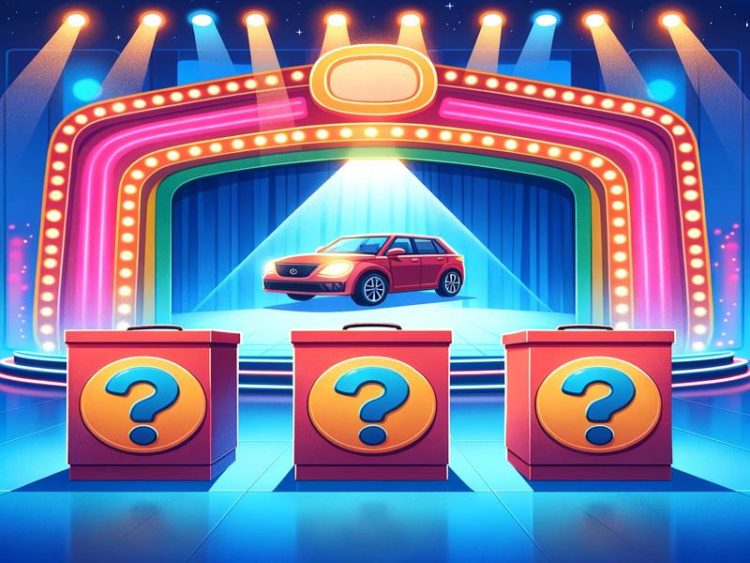
It’s Okay to Change Your Mind
On a quiet Sunday afternoon, my son and I were relaxing together on the couch. “Hey, have you ever heard of the Monty Hall problem from ‘Let’s Make a Deal’?” I asked him, piquing his interest. With his curiosity sparked, I quickly set up our own game. I collected three boxes and discreetly placed a toy car behind one of them, leaving the rest empty.

“Choose a box,” I encouraged, “and let’s see if you can find the car.”
Eagerly, my son pointed to the box on the left. “That one!” he declared with confidence. I nodded, and in a twist reminiscent of the game show, I opened one of the other boxes, which I knew was empty, revealing its contents. “Now,” I posed the crucial question, “do you want to stick with your first choice, or switch to the other unopened box?”
“But isn’t it just luck?” my son asked, puzzled. “It feels like it’s still a 50-50 chance.”
“Not exactly,” I explained. “When you first chose your box, there was a 1 in 3 chance of getting the car. But now that I’ve shown you an empty box, switching actually increases your chances. By sticking with your first choice, you still have only a 1 in 3 chance. But by switching, you have a 2 in 3 chance of winning.”
My son’s eyes lit up with realization. “So, switching is better?” he asked. “Exactly,” I confirmed. He switched his choice, and with a grin, he discovered the toy car behind the new box. “Wow, I won!”
Let’s do the math:
- When you first choose a box, there is a 1/3 chance you have chosen the car (the prize you want), and a 2/3 chance you have chosen an empty box.
- When I reveal an empty box, that doesn’t change the initial probabilities. I know where the car is, so the box I open is always going to be empty.
- If your initial choice was an empty box (a 2/3 chance), switching will always get you the car.
- If your initial choice was the car (a 1/3 chance), switching will get you an empty box.
- Now you have a 2/3 chance to get the car if you switch!
Many people incorrectly assume that, after one box is opened, the odds of the car being behind either remaining box is 50/50. However, this neglects the initial probability distribution and my knowledge of what’s behind each box.
A good way to understand it is to Imagine 100 boxes instead of 3. You pick one, and then I, who know what’s behind every box, opens 98 others, all empty. The chance that your initial pick was correct is still only 1/100, while the chance that the car is behind the one box I didn’t open is 99/100. This helps to illustrate why switching is the better strategy in the original 3-box problem.
We had previously explored game theory during our discussion about General Tian’s horse race. This is yet another instance of game theory in action. It stems from the American TV game show “Let’s Make a Deal,” and is named after its original host, Monty Hall. Check out an episode of the classic show on YouTube.